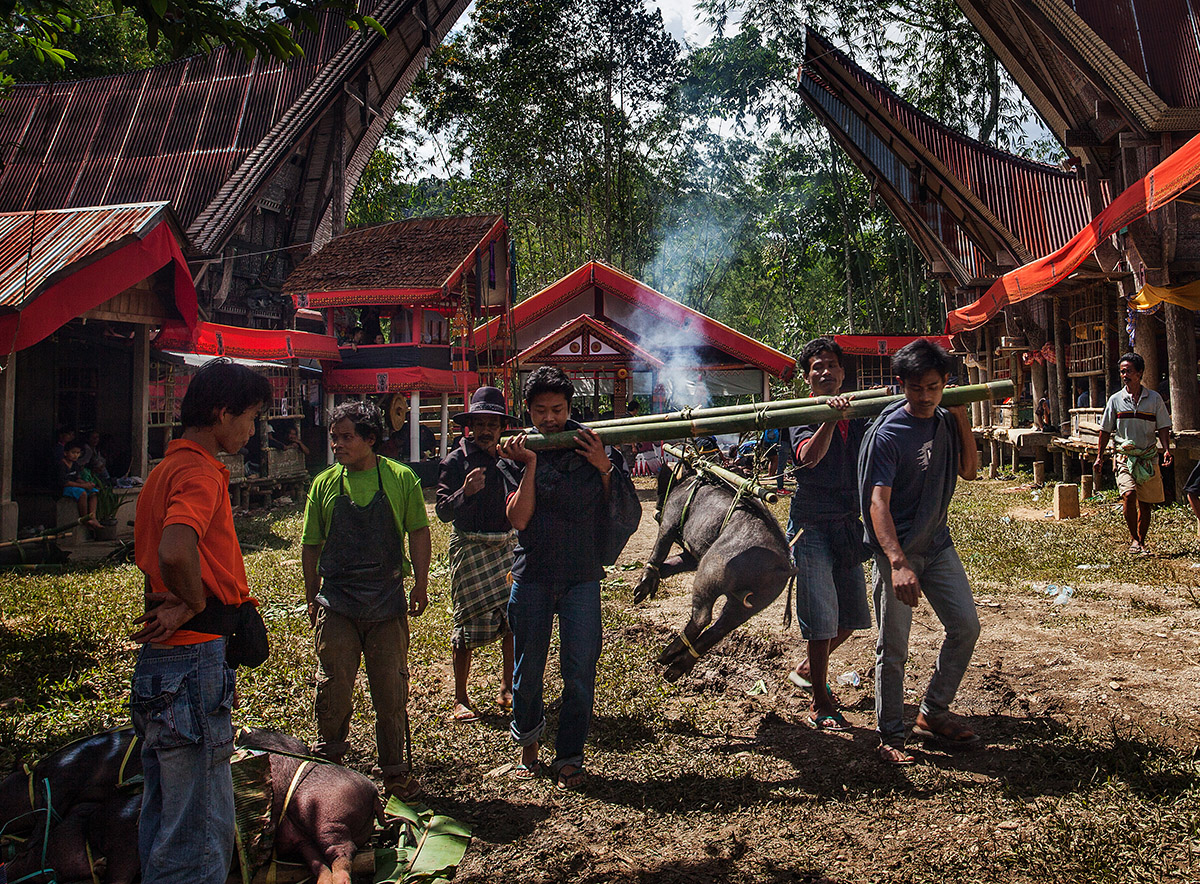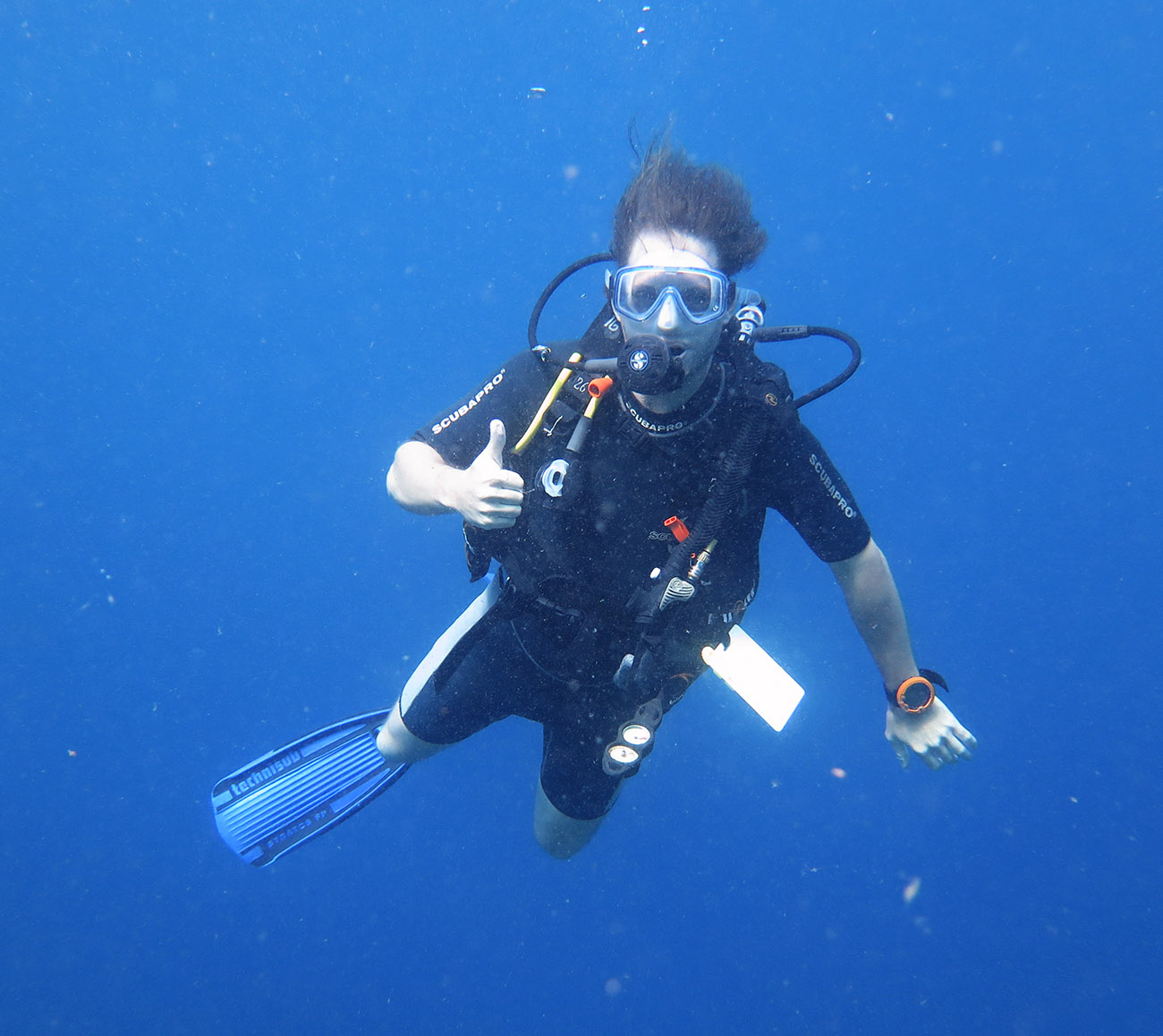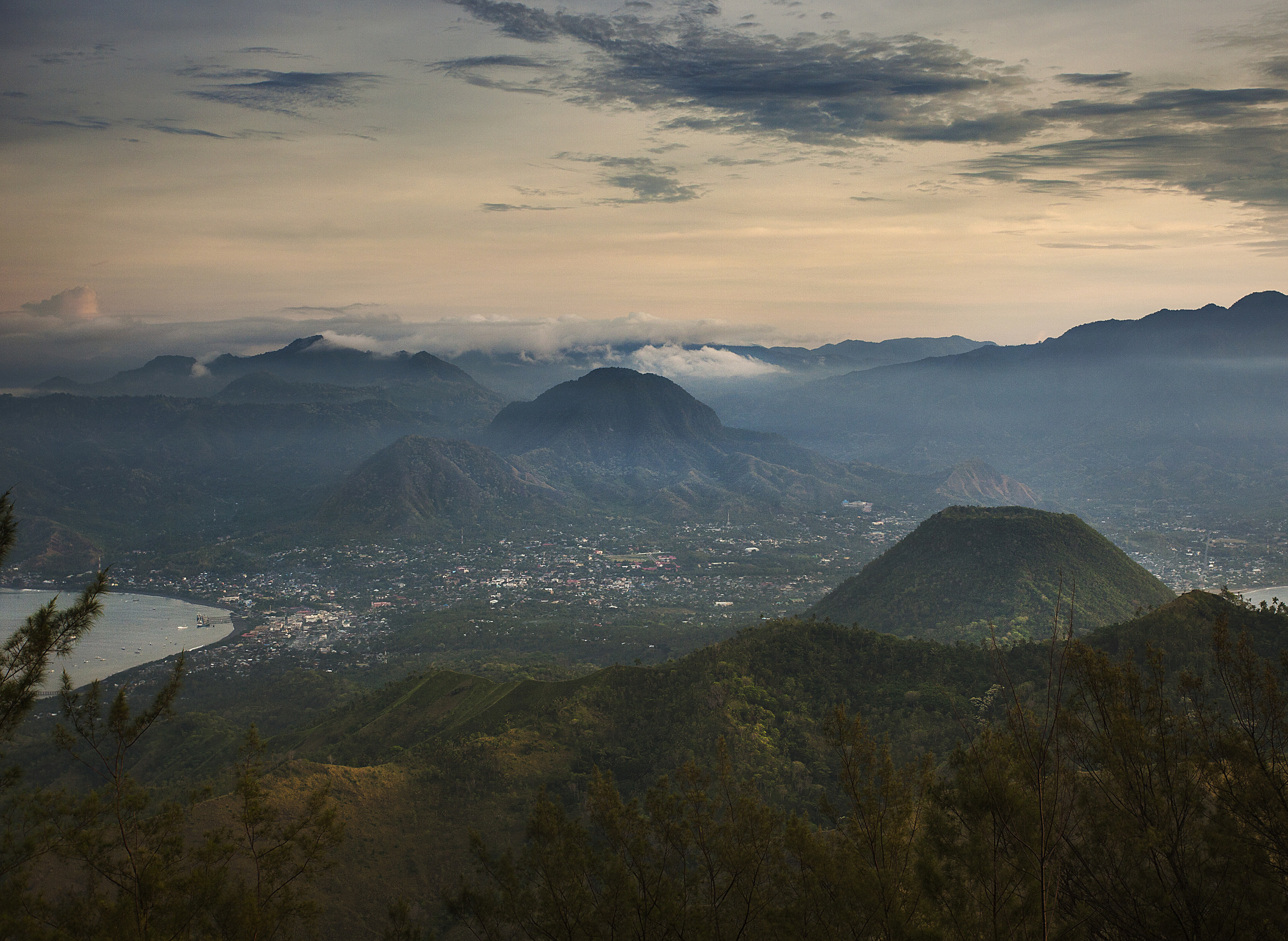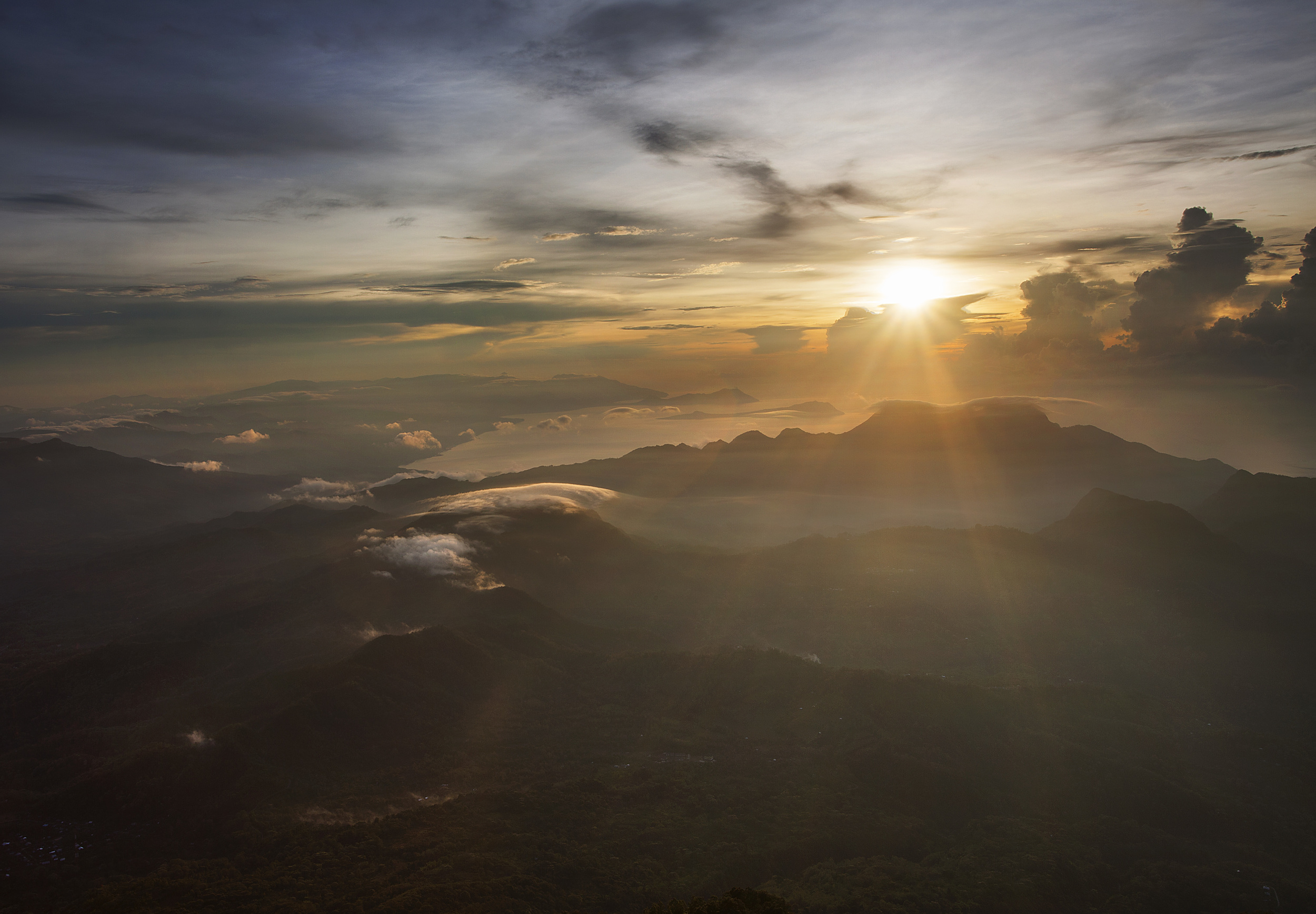On to Inle Lake, Myanmar’s second biggest tourist attraction, known for its diverse cultures, floating villages, and unique fishermen. I took a night bus from Mandalay and arrived into the main town around 5am. Why the night buses never leave a bit later so the passengers can arrive at a more reasonable time is still beyond me. Of course I hadn’t booked a hotel yet so I was at the mercy of my cab driver to find me a place. We arrived at the Primrose hotel, a very mediocre place on the outskirts of the town, of course at 5 am I’m not very picky, so it’ll do!
I slept through the morning, woke up, rented a bicycle, and checked out the town. I had a very western lunch of pesto penne and a chocolate milkshake, which was a welcome relief from all the oily Burmese food I had been eating. Later that afternoon I biked towards the lake, which is actually surprisingly far away from the main town, as the marshlands prevent you from getting anywhere near the main part of the lake itself on foot. But after an hour of biking I finally made it to one of the floating villages. It was really cool! Basically the whole village is built on stilts in the marshlands and boat is the only way to get anywhere. I’ve never seen anywhere quite like it actually. In the Philippines and Indonesia they have lots of villages built over the water on stilts, but they’re all interconnected by a series of planks, so boats aren’t necessary. Here all the villagers got around using little wooden skiffs similar to canoes.
they have good balance
Eventually I found a guy to take me around in his canoe. We started off in the village and then he asked if I wanted to see the sunset out on the lake. Sure. He steadily paddled down a large canal that connected the village to the lake, while the bigger boats sped past. I kind of regretted this decision, as the real beauty of the place was back in the village, with the people going to and fro in their little wooden boats and using their unique one-legged, standing paddling technique. A sunset on a flat marshy lake in Myanmar looks very similar to a sunset over a marshy lake in Waukegan IL. But it was still pleasant obviously and I thoroughly the feeling of stealthily gliding through the glasslike water in the canoe.
That night I found some other people to hang out with and we decided to do the boat trip the next day. At Inle Lake, everyone does the boat trip at some point. It’s like the big thing. They take you in a motorized wooden boat, that fits maybe 5 or 6 comfortably, and you get to see all the sights the lake has to offer. You’ve got the market, the pagoda, the silk makers, the ironworkers, the goldsmiths, the wood carvers, the cigarette rollers, and whatever other attractions exist to separate the money from your wallet. The only place I actually liked was the market, as it not set up for tourists, so the people are just doing their everyday thing, rather than trying to convince you to buy their crap. But being in the boat was fun and watching the everyday life in the villages in the lake. Although I missed the canoe, which you can take in waterways much smaller than the big canals all the motorized boats take.
Some photos from the market
Around sunset time our boat made its way over to where the ‘traditional’ fishermen hang out, or as our boat driver called them, the money money fishermen. Now if you’ve seen just one photo from Myanmar, there’s a good chance that it’s a photo of one of these fishermen. Probably the most iconic photo in Myanmar is one of the fishermen with their big basketlike fishing nets out on the lake around sunrise or sunset. Variations of this photo are plastered all over the Myanmar guidebooks. I hate this photo! To begin, the traditional fishing method with big basket nets is not used anymore, as its been replaced by more current fishing techniques. So these fishermen are actually just performers, and they pose with one foot on their boat and the other holding up their basket, you take photos, and then they paddle over to your boat and ask money? money?
There are so many interesting and beautiful aspects about Inle Lake, but this is just simply not one of them! It annoys the hell out of me that the most iconic photo of the lake, and perhaps even of the country itself, is of this stupid tourist show. I did take the photos like everyone else, and paid the fisherman, (they're nice photo afteralls) but I refuse to put them in Myanmar gallery because they're just so horribly inauthentic.
Anyway it would be back to bicycles and canoes for me. Actually I enjoyed being in the little canoe so much from the other day that I felt compelled to find another part of the lake to do something similar. Many of the innumerable tour agencies in town offer customized trips, so I went into a few and explained that I’d like to take a boat out into the lake, go to any of the floating villages and get paddled around in a canoe. That’s it. But after walking into a few of the shops and making my proposal, you might have thought I was speaking in Russian. After explaining what I wanted basically every conversation went something like this:
Yes, we do boat trip. You want go to pagoda? You want go to silversmith? You want go to silk weavers?
No, No, and No. I just want to go to a floating village and have someone take me around in a canoe. That’s all.
You want go to market??
Damn it, No! None of that stuff. Just the little villages.
There’s nothing to see in the villages.
Look, can it be arranged or not?
No we can’t do anything like that. We can take you to the monastery though.
No! Thank you. Goodbye.
So much for that (seemingly reasonable) plan! I rented a bike again the next day and set out early to do a trip around the whole lake. Well apparently I misread my map (the canals look like the roads) and you can’t make it all the way around, so I had to negotiate with the boatsmen mafia, who agreed to take me across the lake to where more roads were, for a ridiculous price of course. Later that afternoon I found my way to the winery (yes, a winery in Myanmar!) which was the perfect place to rest my legs. Of course the wine was pretty bad, but whaddya expect?
Before sunset I made my way back over to floating village I had been to before. I found my boatsman and told him this time I just wanted him to take me around the village for a while in the canoe, which he was happy to do (I overpaid him quite handily the first time around). We glided through the perfectly flat, mirrorlike waterways, while villagers young and old paddled by in their rafts. Everything was beautifully illuminated by the golden evening light. This was how to experience Inle Lake! The effects of the wine didn’t hurt either. It was a good way to finish up my trip here, along with pizza and beer later. I headed to the capital, Yangon, the next morning, but here’s the photos from my canoe trip around the floating village along with some other random shots.
my guide
And that's all!

































































































































































